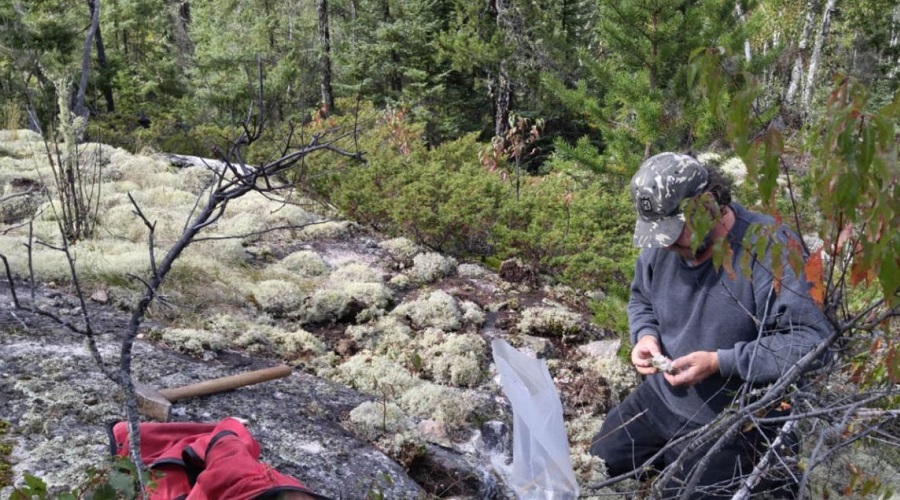Canadian junior to acquire five lithium projects

Uranium explorer Azincourt Energy (TSX-V:AAZ) announced it has signed a non-binding Letter of Intent with New Age Metals (TSX.V:NAM) to acquire up to 100% interest in five lithium exploration projects located in the Winnipeg River Pegmatite Field, Manitoba, a province in the Canadian prairies.
The agreement covers the Lithium One, Lithium Two, Lithman West, Lithman East and Lithman North projects. According to Azincourt, the 6,000-hectare land package included in this agreement represents the largest mineral claim holdings of projects for the lithium group or type of minerals in the Bird River Greenstone Belt, which contains the Winnipeg River Pegmatite Field.
“This, along with our uranium exposure, separates us from a range of junior exploration companies out there and augurs well for our future and investment strategy, particularly now that the uranium market has also started to show signs of life,” said the company’s Energy Chairman, Ian Stalker, in a press release.
The Winnipeg River Pegmatite Field is host to numerous lithium-rich pegmatites in addition to the Tanco Pegmatite, a highly fractionated lithium-cesium-tantalum type pegmatite that has been mined at the Tanco Mine since 1969 for spodumene, tantalum, cesium, rubidium, and beryllium ores.
In the media statement, Azincourt revealed that the Lithium Two, Lithium One, and Lithman West projects are drill ready.

Lithium Two Project in Manitoba, Canada. Photo by New Age Metals
The Lithium Two historical estimate from drilling in 1947 -prior to the implementation of National Instrument 43-101 standards- defined 545,000 tonnes of 1.4% Li2O, drilled to a depth of 60 meters.
For the Lithium One project, field work in 2016 sampled pegmatitic granites and pegmatites which returned values from 0.00 to 4.33% Li2O.
Finally, the Lithman West project is said to show historical rock and soil geochemical anomalies but such anomalies have not been drill tested.
Stalker explained that the company’s decision to expand its focus to include lithium and other materials is part of its strategy to get a foothold and exposure in such environment. “The lithium market is obviously very strong right now, and the near-term future for lithium demand remains extremely positive,” he said.
{{ commodity.name }}
{{ post.title }}
{{ post.date }}


Comments
LAMB
Now all they have to do is find a process to turn a Spodumene concentrate into Lithium Carbonate, and 545,000 tonnes is not very large considering how much ore it takes at 1.4% Li2O to make a concentrate.